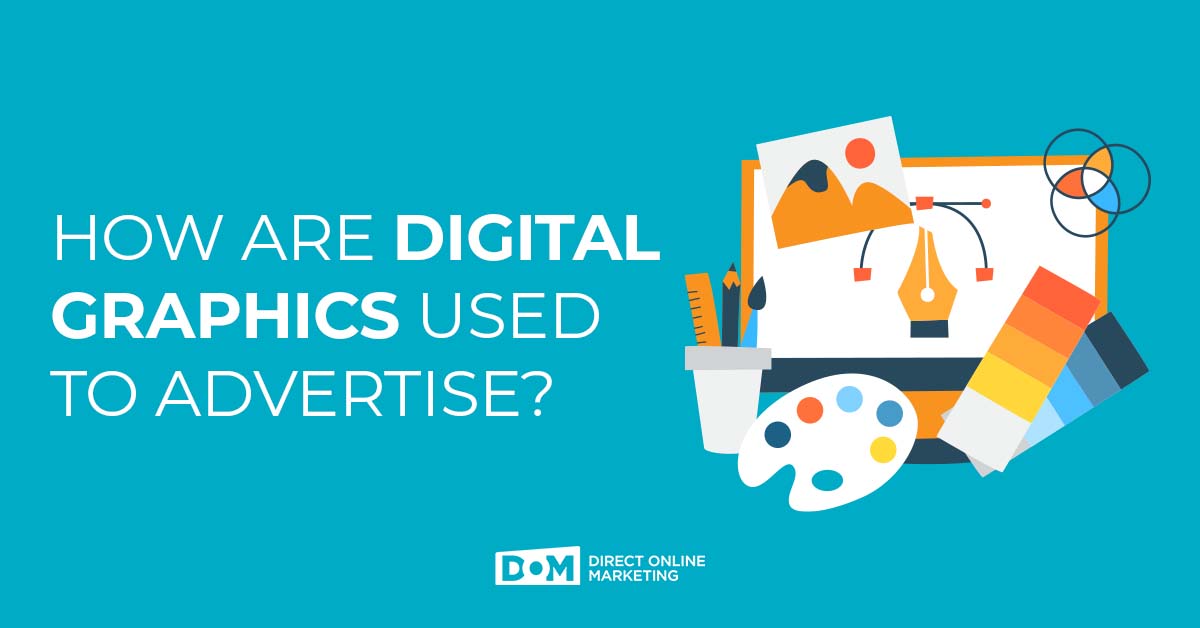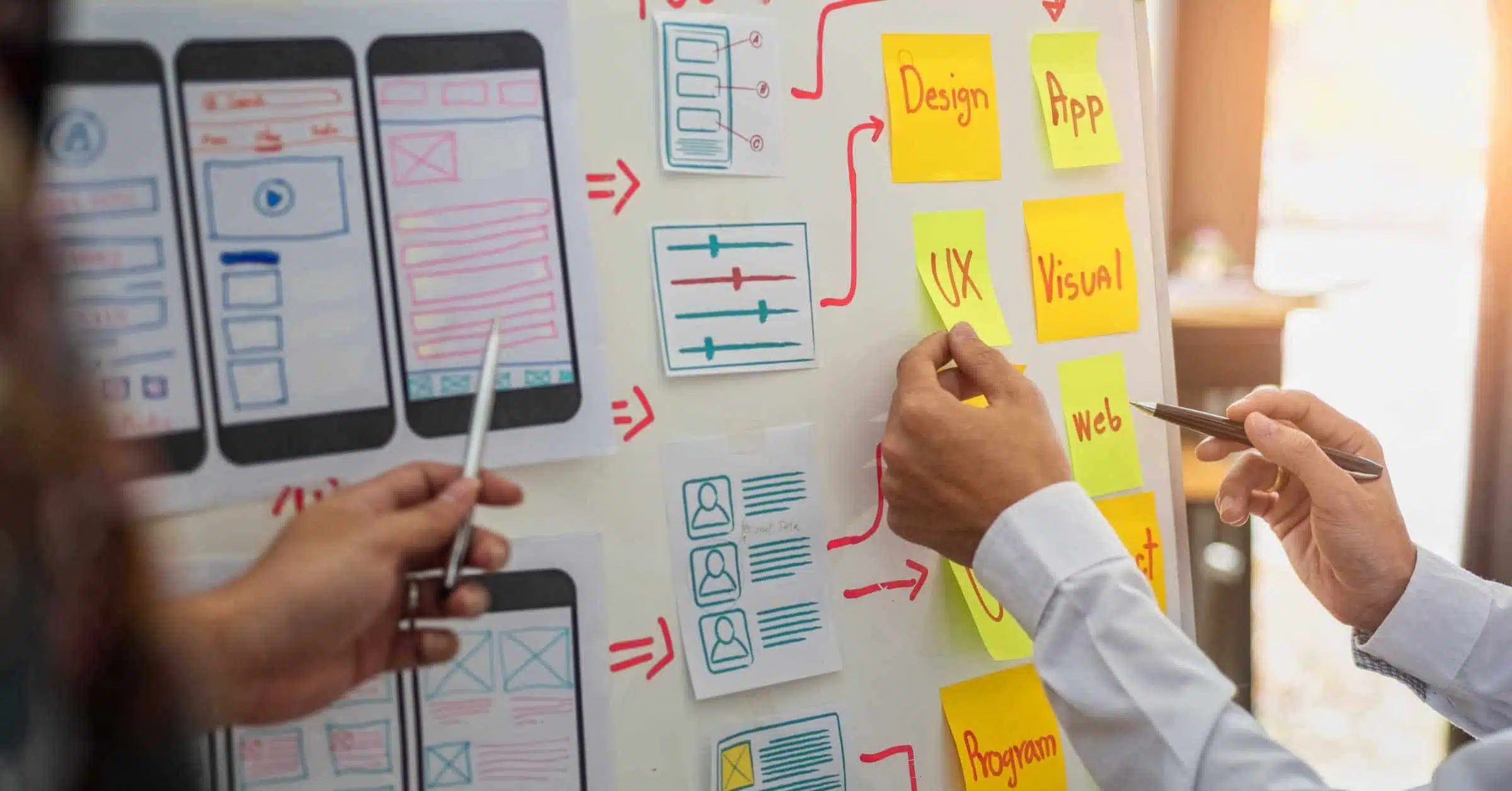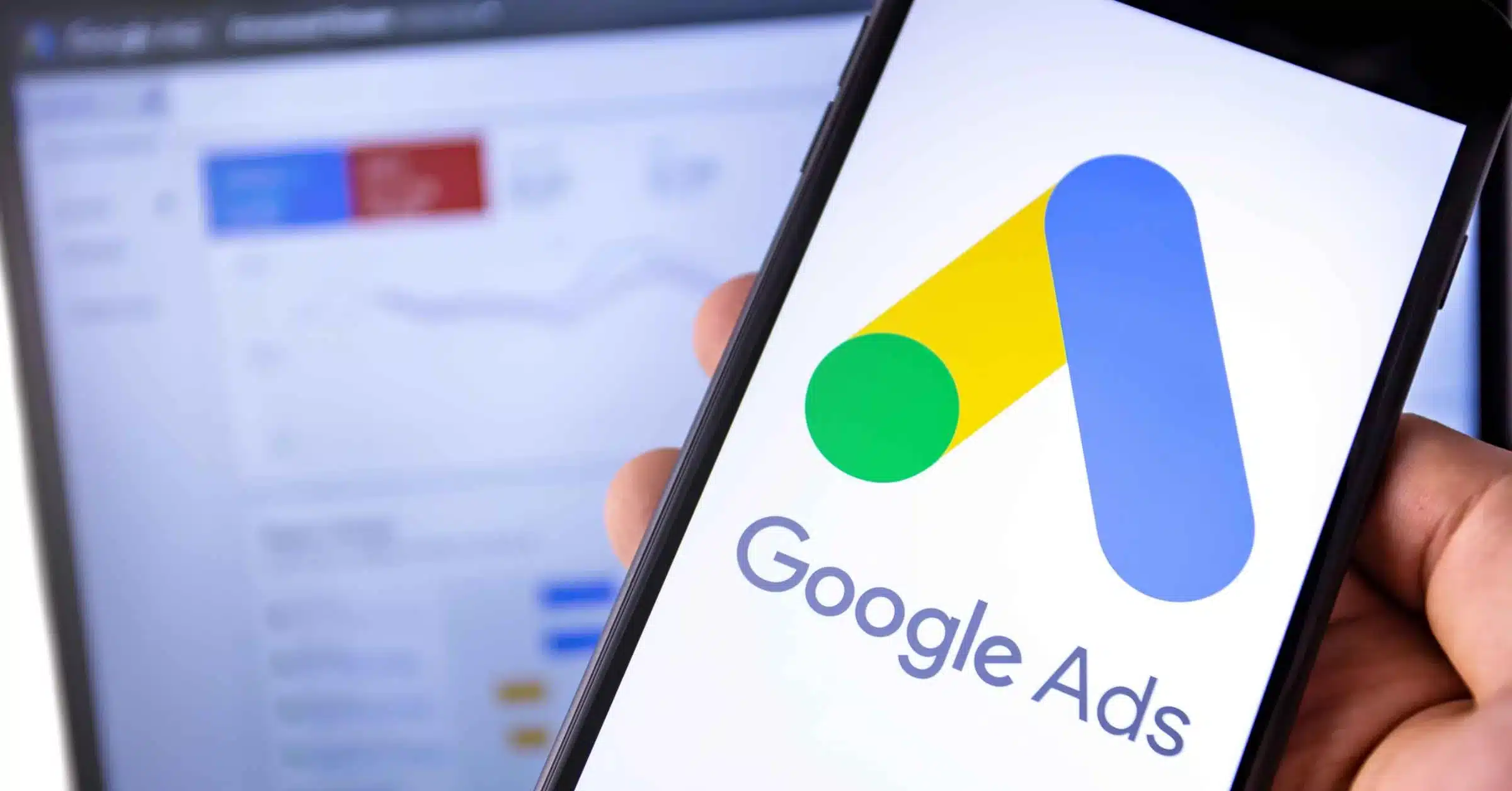
A picture says a thousand words, as the old saying goes. But how many words are digital graphics worth?
Well, in the event it’s an infographic, it says what it says. So that probably means a lot less (or more) than a thousand words. All depends on how much copy it has in the graphic, I guess.
In digital advertising, graphics aren’t necessarily there to say all those words. They exist to work along with the copy to sell an idea, engage the viewer, and, in some cases, inform. They’re functional.
Does that mean that digital graphics in advertising aren’t art? Certainly not. They’re just art that serves a function. They help guide the visitor through a journey of discovery and decision-making. They set a tone, evoke a feeling, and tell you why the thing or company or service that you’re looking at right now matters.
Before we get into some of the theory behind digital graphics, let’s talk about what they actually are.
What Are Digital Graphics?
Graphics are essentially images that work to improve a website’s look to attract and hold the interest and attention of the viewer, build a visible structure for data and links on a page, and/or explain or express ideas in a visual manner.
In advertising, graphics can come in the form of a pretty, but relevant, image showing off a product or the idea of how the product/service will enhance the visitor’s life. They can be an infographic sharing important stats and information that will inform the visitor on the benefits and social proof of the product. They can be entertaining to keep the visitor’s attention.
Working with a designer and/or digital artist in your advertising will go a long way towards ensuring that you’re using the right type of graphics in the right places to make the biggest impact.
There are two basic types of digital graphics. These are known as vector and raster files.
Vector
Vector images use math equations that involve points that use curves or lines to connect. The curves and lines are called vector paths, and they basically create the shapes in a vector image.
The benefit of this is that the images can be easily scaled without sacrificing image quality, since they are literally being created by mathematics. Think of it like if an artist was painting a picture by placing a bunch of dots on a canvas and then connecting those dots and filling in the shapes with color. If they wanted to make a bigger version of that picture, they could just place the dots farther apart to scale, and then use the same lines and colors to fill it in.
Also, because vector images are mostly gradients and flat colors, their file sizes are smaller and more efficient than raster images.
Vector file formats are usually .eps, .xml, .svg, .cgm, and .odg.
Raster
Raster images are made up of pixels. You know, those tiny little squares you’d see in old Nintendo games. Except resolutions (the number of pixels in a length x width area) are so high nowadays that you’re generally not actually going to see any of the pixels in a raster image.
Raster images are capable of being much more complex than vector images. For example, photographs you see online are raster files. They’re also much larger file sizes than vector, and they can be a real pain to scale because enlarging them makes the pixels much more visible.
Raster file formats are generally .jpg, .bmp, .tiff, .png, or .gif.
Digital Graphics and File Sizes
You might have noticed that we talked about file sizes a lot in our overview of vector and raster images. There’s a reason for that.
Images on a web page affect your Core Web Vitals, essentially the metrics that measure the user experience when first going to your site. Larger image sizes will make your website load more slowly and create a higher bounce rate. People don’t want to wait around for your site to load, and literally every millisecond counts.
We generally recommend keeping file sizes below 100kb. This can be a real problem if you’re using raster images because it means lowering the quality of the image and, therefore, enlarging the pixels.
As you can imagine, digital graphics in advertising can be a real balancing act. Which brings us to the discussion about strategy.
Strategy for Using Digital Graphics in Advertising
We asked our resident graphic design expert for some of his wisdom on graphics in advertising. This is what he had to say:

While words crafted in a beautiful manner can certainly elicit many emotions – take this post for example – those words, when paired with graphics and artwork, can work together to become a truly harmonious sensory experience. People are naturally drawn to images and colors, so it only makes sense to use these tools to market your brand online.
The use of color isn’t just meant to make things look pretty. When you dive deeper into the theory of color it becomes apparent that it is a psychological technique that makes viewers feel certain emotions subconsciously. Translating these concepts into your digital marketing campaigns is a subtle tactic that could help your ads drive more conversions. – Matt Merlino, Graphic Designer
Avoid Clutter
Picking up where we left off, we’ve established that image file sizes can hamper your website’s loading times and, therefore, deter visitors. This is generally bad if you’re hoping to get people to click through your site and eventually do business with you.
So how do you know when to use an image and when it’s only adding to your loading times?
The key is being completely honest about what your graphics are adding. Do you need a giant raster image of a wind-swept American flag winding its way around your patriotic themed hacky sacks to effectively brand yourself, or can that be done by simply showing the hacky sack itself with maybe some background color/font choices that enforce the patriotic theme?
You might be saying to yourself that you absolutely do need that image with the flag and the hacky sacks and all of that stuff. Fine! So what are you going to sacrifice to keep it there and keep your Core Web Vitals healthy? Are you willing to scale down the image size so it may not look great on a 4k monitor?
Less images means less clutter, and less clutter means a few things. It means faster loading, and it means there are less images distracting a potential customer from the text and the call to action. It’s up to you to decide what the right balance is, but if it’s not adding any actual value then your image is adding to the clutter.
Infographics Are Great
Digital graphics can be used for a lot of things. They can establish branding, create a mood, or just appeal to visitors with their cuteness.
However, infographics are where it’s at. If your business has experienced some success, be loud about it! Show the numbers and the pie charts that will tell your story in a simple and easy-to-understand way. If you’ve sold 100,000 cartoon cat sweatbands in 140 countries, put it in a little infographic and put it on your site!
If you have a 4.9 star rating over 1,240 reviews on CatSweatbandReviews.com, put it into an image and plaster it right there where everybody can see.
These successes, testimonials, and reviews will go a long way to making conversions for your business, and you shouldn’t be shy about showing them off.
A See-Say Relationship
A best practice for images that aren’t showing product glamour shots or infographics is that the picture and the words next to or near it should be communicating the same idea.
For instance, if your copy is talking about how your company’s black leather fingerless glove products will enhance your social coolness, the accompanying picture should show somebody wearing black leather fingerless gloves and looking very cool.
Copy and graphics are partners, and their goal is helping you convert traffic. They do this by working together and lifting each other up. If you pair your copy with graphics that don’t represent what the copy is talking about, then the two are actually working against each other for the visitor’s attention, and believe us when we say that there’s not a lot of attention to go around.
Put your peanut butter with your chocolate and match your copy with your graphics in a way that will enhance the page.
Use Alt Text!
For some reason, there is still a debate about whether or not alt text on your images still makes an impact for SEO marketing. The answer is definitively “Yes, they make a difference!”
You should always use alt text on your images and graphics in all of your content and advertising.
Always Be Testing
When in doubt, A/B test your graphics choices and find out which performs better with your visitors.
Test your two favorite graphics against each other. Test colors, vector vs. raster, font styles. Heck, try making everything Comic Sans if you want (don’t really, though).
Testing will provide you with the right graphics to use and the right way to use them. The reasons why one thing performs better than the other may still be left up to interpretation, but the important thing is you’ll know which direction to go in.
An Example of Digital Graphics Done Well
One of our favorite sites when it comes to the use of graphics is Shopify’s homepage. Every image on that site serves a purpose. They’re either showing you an example of what a shop can look like, sharing use cases, sharing numbers, or reinforcing copy with graphics.
You’ll notice that there are a lot of graphics on the site, but they’re not eating up all the space. There is still room to breathe as you scroll down, and the white space is made into an asset.
Our favorite bit is the social proof they provide. A single sentence states “Over 1,700,000 businesses in 175 countries around the world have made over $200 billion USD in sales using Shopify.” And below that sentence is a large animated graphic of lines connecting various points across the planet.
If you ever need inspiration for how to handle graphics on your own site, we recommend taking a look at Shopify for inspiration.
And then figure out how you can do it even better.
If you or your business are looking for help with all things marketing, whether it’s just your use of digital graphics in advertising or an entirely new SEO strategy from the ground up, Direct Online Marketing has you covered. Our teams of strategists and execution experts have the experience and professionalism to help your bottom line.
Contact us today for a free consultation and let’s get started.


